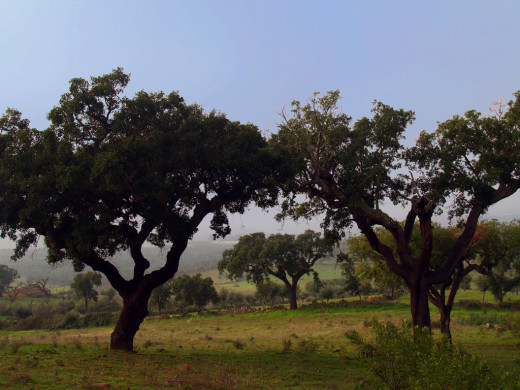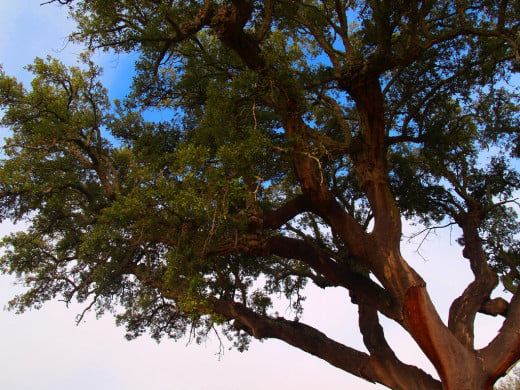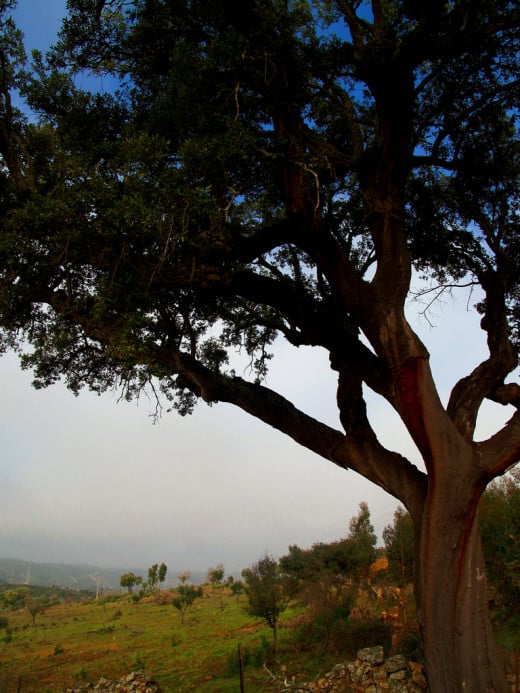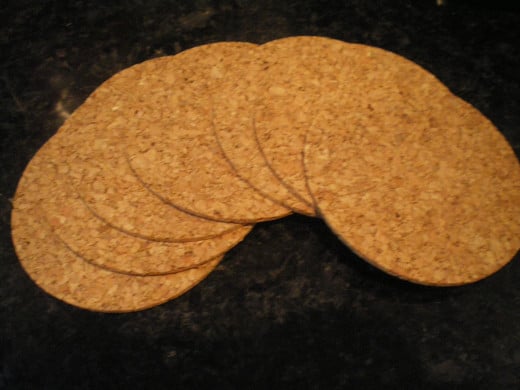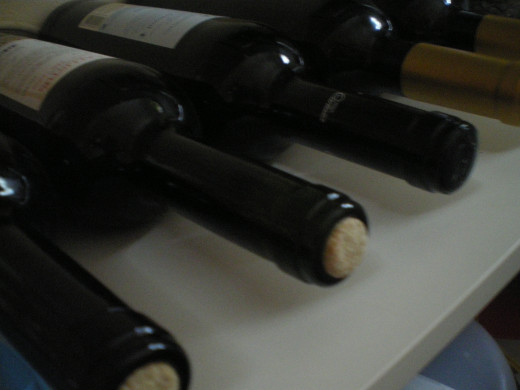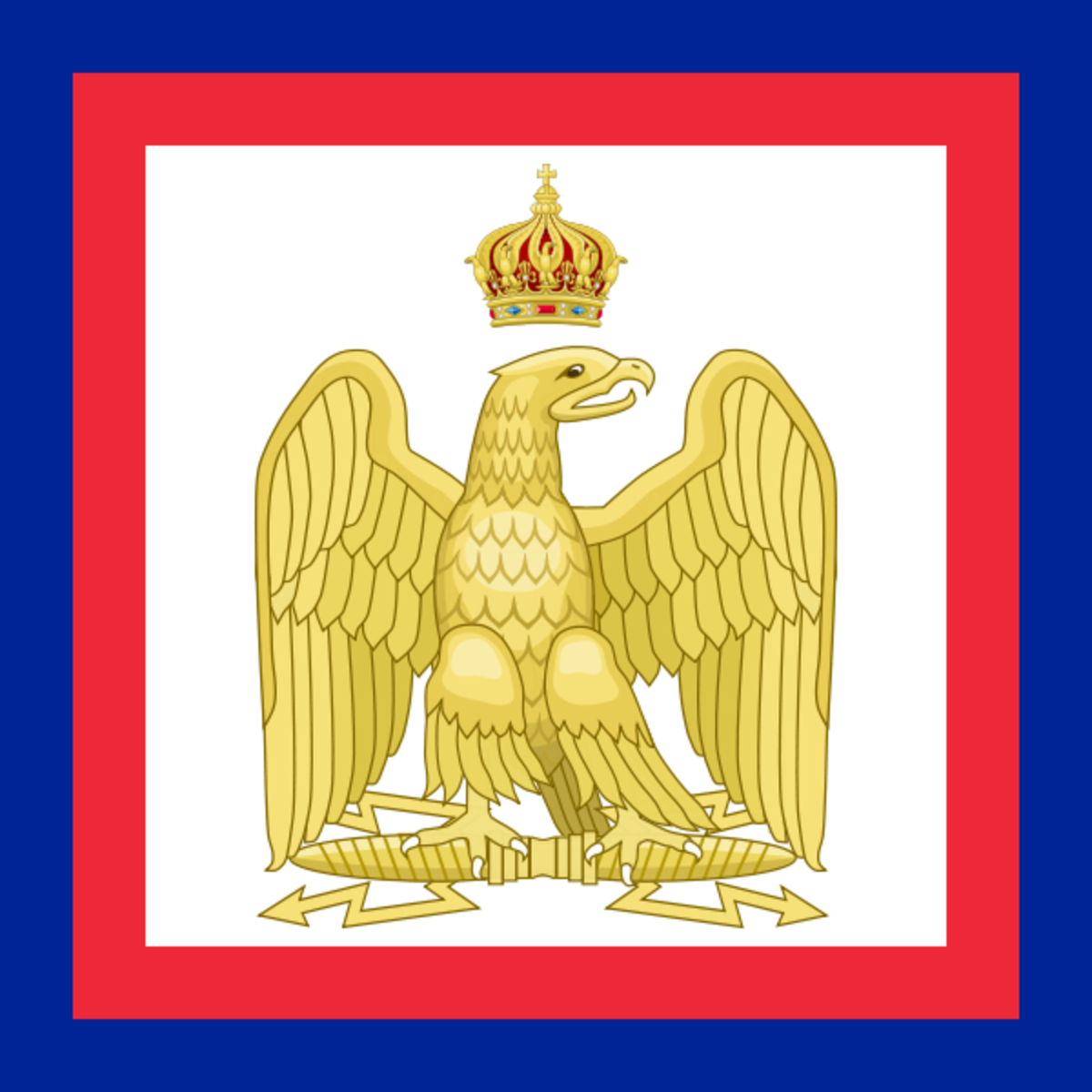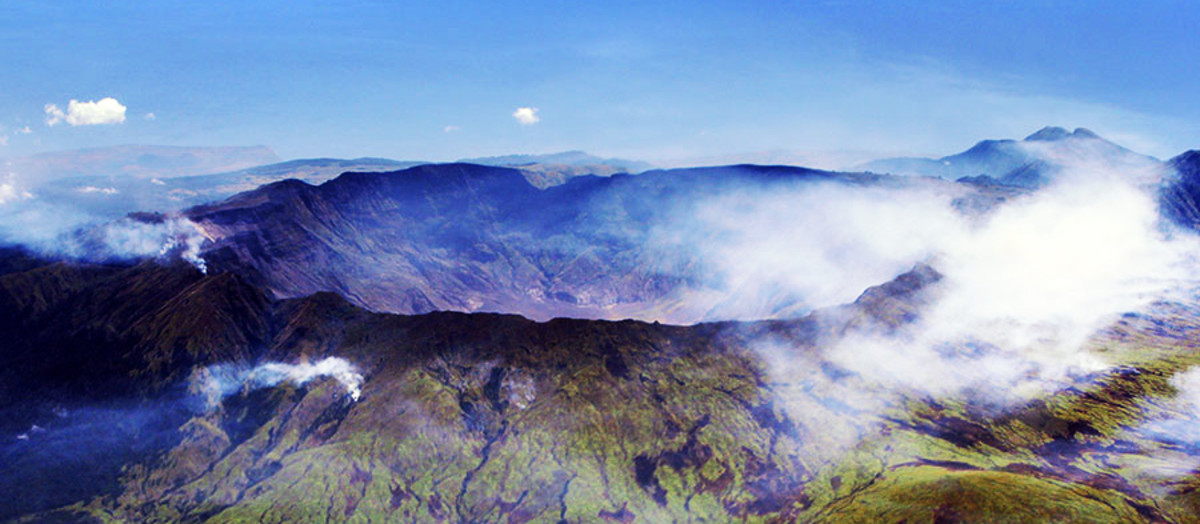Portuguese Cork Route



From the best champagne bottle stoppers to thermal and acoustic insulation
For centuries Portugal has been known for its outstanding cork, an amazing multi-purpose material, which use ranges from champagne bottle stoppers to thermal and acoustic insulation. In between we find clothes made of cork or purses or even umbrellas. It may seem strange, but the fact is that cork can be used for a variety of purposes we can’t even begin guessing. To fight the economical crisis, betting on innovation, a lot of Portuguese businessmen and women and artisans have come up with all sorts of products made of cork and the truth is cork is becoming a trend.
What is cork?
Cork is a natural product; it is the bark of the cork oak tree (Quercus suber). The cork oak tree is endemic to Southwest Europe and Africa can live until around 200 years old, being first harvested at 25 years old and then in intervals of 10 to 15 years, since the bark needs to have a considerable thickness to provide a high quality cork, so it’s necessary to allow the bark to reach such thickness.
Cork is characterized for being a light, impermeable, buoyant, flexible material, which is also known for its elasticity and fire resistance. It can be used for a a variety of purposes and the the fact that it is impermeable to liquids, but also to gases and that does not absorb dust, makes it great for those of us who have allergies.
Apart from this is considered to be an environmental friendly product, after all it is 100 % natural, biodegradable, it is recyclable and it is a renewable resource.
Besides the sustainability of cork production, it is important to point out that these trees also prevent desertification and are home of various endangered species. These characteristics make it even more important to keep growing, caring and harvesting the Quercus Suber.
Some locations for harvesting and production of Cork in Portugal


A little bit of history
The use of cork is documented throughout history and goes back thousands of years ago. There are reports that cork was being used thousands of years ago in China, Egypt and Persia in fishing equipment and boats. Later on there are traces of cork being used also to produce floaters, wine cask stoppers, women shoes and even roofing materials.
One of the 1st environmental laws in the world was put in place in Portugal and because of cork - a decree from 1209 established the protection of cork forests.
During Portuguese Discoveries ship builders also used cork for those elements of ships that were more subject to bad weather.
And wine and cork always walked hand in hand: in fact it dates back to the 1st century B.C. the discovery of an amphora sealed with a cork stopper, which already had wine inside.
But it wasn't until the 18th century that the monk Dom Pérignon started using cork stoppers to seal his famous champagne bottles. The characteristics of cork make it the best choice as stoppers for bottles of all kinds of wine, contributing to maintain the quality of the wine and, sometimes, even enhance it.
The development of cork industry is directly related to the use of cork as bottle wine stoppers, therefore there was an increase in cork production all through the 19th century, at which point new uses for cork were also found, such as, for instance, pavement tiling and others.
By the 19th century cork industry was developing not only in Portugal, but also in Spain, France and even Russia and the USA. At the same time the first machinery specifically for this industry started being invented.
The beginning of the 20th century saw a decrease in the cork industry. New materials started showing up, such as plastic, which many wine producers started using and slowly the cork industry started decaying.
But it was never a matter of quality and actually the most exquisite and expensive French Champagnes are the proof of that, after all they kept to the old fashioned cork stoppers, a symbol of quality and distinction.
Finally towards the end of 20th century the cork industry went through major changes. Research and development found many more uses for cork, studied the characteristics of this amazing all natural product and came to the conclusion that not only it was the best choice as bottle wine stoppers, but it was a great choice for other purposes, such as thermal and acoustic insulation for our houses, tiling for walls, as well as floors and many others.
Now, it seems cork is getting the place it deserves... As a product for the future, our future, a product of the 21st century!
Harvesting cork
Harvesting cork is the process by which cork is taken from the cork oak trees. This process does not damage the tree at all, it is time consuming, it is hard work, but it is a sustainable practice that makes sure the tree is left intact to continue growing, to continue having its place in nature. After all cork oak trees are extremely important to nature, since they preserve the soil from erosion, since they actually reduce the risk of forest fires and they are home to 42 bird species.
Harvesting cork is a manual process. Basically the tree it is stripped of its outer bark by hand and only with the use of traditional tools, such as axes. The outer bark actually breaks away fairly easy from the tree, which can in turn regenerate. Stripping the bark from cork oak trees actually makes them healthier. This procedure takes places from May until August, time in which the growth of the cork is more active.
Each cork oak tree is first harvested at 25 years old, although it is known that the cork that comes out from this first harvesting is still of low quality and so it is not destined to produce, for instance, wine bottle stoppers. Only when the tree is 40 years old is it considered that the cork harvested has a good quality. After the first harvesting, the same tree will be harvested approx. every 10 to 13 years.
Portuguese cork
Approximately 32 % of the world's cork oak forest is located in Portugal, which represents a total of 730.000 hectares. Portugal is therefore the country in the world with more cork oak trees, it is also the world's leading country in the harvest and production of cork and cork products, not only the traditional cork stoppers and the famous construction materials, such as insulation, but also new renewed products, such as car seats.
Actually, the country alone is responsible for 50 % of all cork and cork products in the world and odds are, if you are buying something made of cork, you are buying a Portuguese product.
The cork industry is probably one of the few in Portugal, which is withstanding the economical crisis and experiencing growth. It is interesting to realize that the industry suffered a dramatic change since the 1960, but most especially around the year 2000.
The first changed happened when Portuguese businessmen started exporting finished products, instead of just the raw material. This developed the industry further and gave way to innovation.
Then about 10 years ago, and after a long dispute over the actual quality of cork wine stoppers, the industry reinvented itself, by betting in amazing new products, using cork to manufacture items, which we couldn't begin guessing that could be made of cork.
For this the cork industry counted on something very important: local artisans combining their skills with designers and engineers. So, the development of cork industry in Portugal is not just a part of big factories and development departments, but it is a part of Portuguese culture in little towns and villages and probably someone's grandfather and, now, of course, that someone also.
You see, cork industry is not about the big companies, though those are also around, but about the small family companies, the village people that have some land to plant the cork oak tree and that harvest it for the big companies. It is also about big forests owned by big companies and again, many times employing people from small villages, since most places where cork oak tree can be found are a bit out of the way and what you find around them are small farming communities. So, the cork industry is deeply rooted in Portuguese culture, it is nothing fancy, it is the everyday material that was always around.
Perhaps that is also because the places where you find cork oak trees it would be very hard to grow anything else. Think about, for instance, Alentejo in Portugal with its dry land, its high temperatures, where during long summer days all you want to do after lunch is to lie down under a cork oak tree shade and sleep, because literally all that heat makes you want to sleep.
So, now, the Portuguese cork industry bets not only in the traditional products, aiming at the production of best quality products, but also new products and new designs. Along with these changes and this growth we watch new enterprises, such as Eco-design companies, which recycle old cork to produce your everyday house products, such as furniture and decoration pieces.
The last ten years have been instrumental in achieving the part as the leading producer and exporter of the best, high quality cork in the world.
Other uses for cork
So, I have been going on about how cork is not just great as wine bottle stoppers and thermal and acoustic insulation, but what do I mean with that? Well, I mean it is almost unbelivable what you actually can use cork for.
In Portugal, artisans, designers and engineers have developed all kinds of products with cork and we have amazing new things, such as whole outfits made of cork, lovely dresses, purses, ashtrays, chairs, umbrellas, hats, necklaces, coasters...
The most impressive, to me at least, is trying to figure out how to adapt cork to such things as our cars. Recently a new automobile seat made of cork was presented. Since cork is so light, these kind of seats help reduce the total weight of the car and we all know how important that is to the automobile industry.
Well, it is unbelievable what they do with cork these days, you really need to see it to believe, so try some of these links and check out the photos...
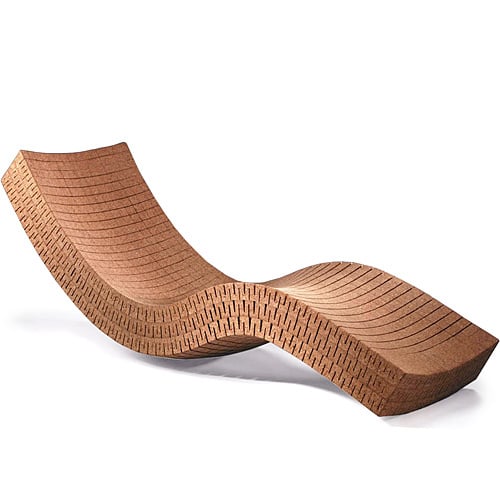
And find out more on the web about cork...
Feedback
Don’t forget to leave me your comment and vote on the hub.
For more information check out my profile and stop by my other hubs.
And if you enjoyed, maybe you can also join us here at Hubpages, it’s fun and free and you can click here.
© Copyright Oct 04 2012 / Algarveview.hubpages.com. To use part or the whole article you must first get written permission from the author. Feel free, nonetheless, to use an intro of the hub with a link to the article here on hubpages for the rest of the article.
© 2012 Joana e Bruno

